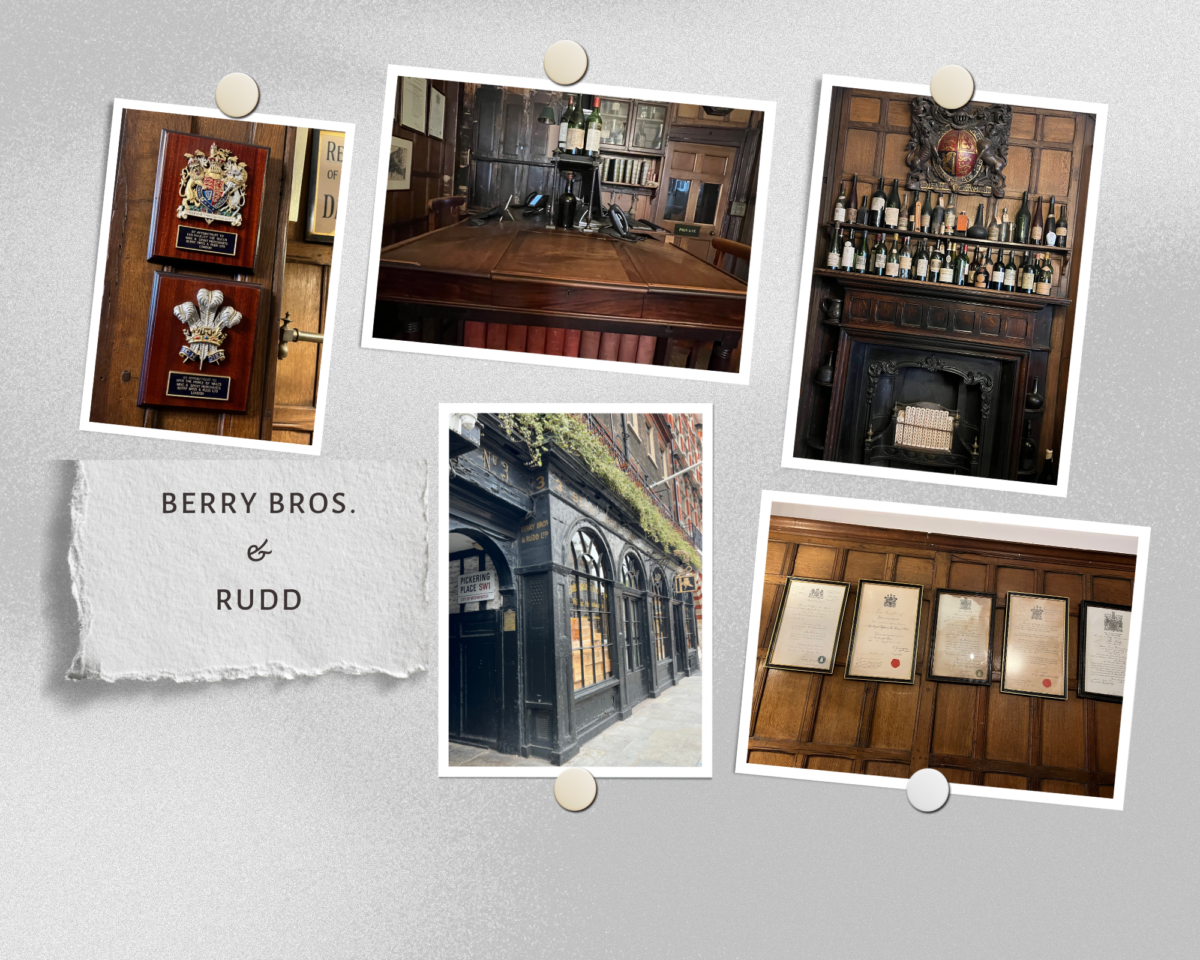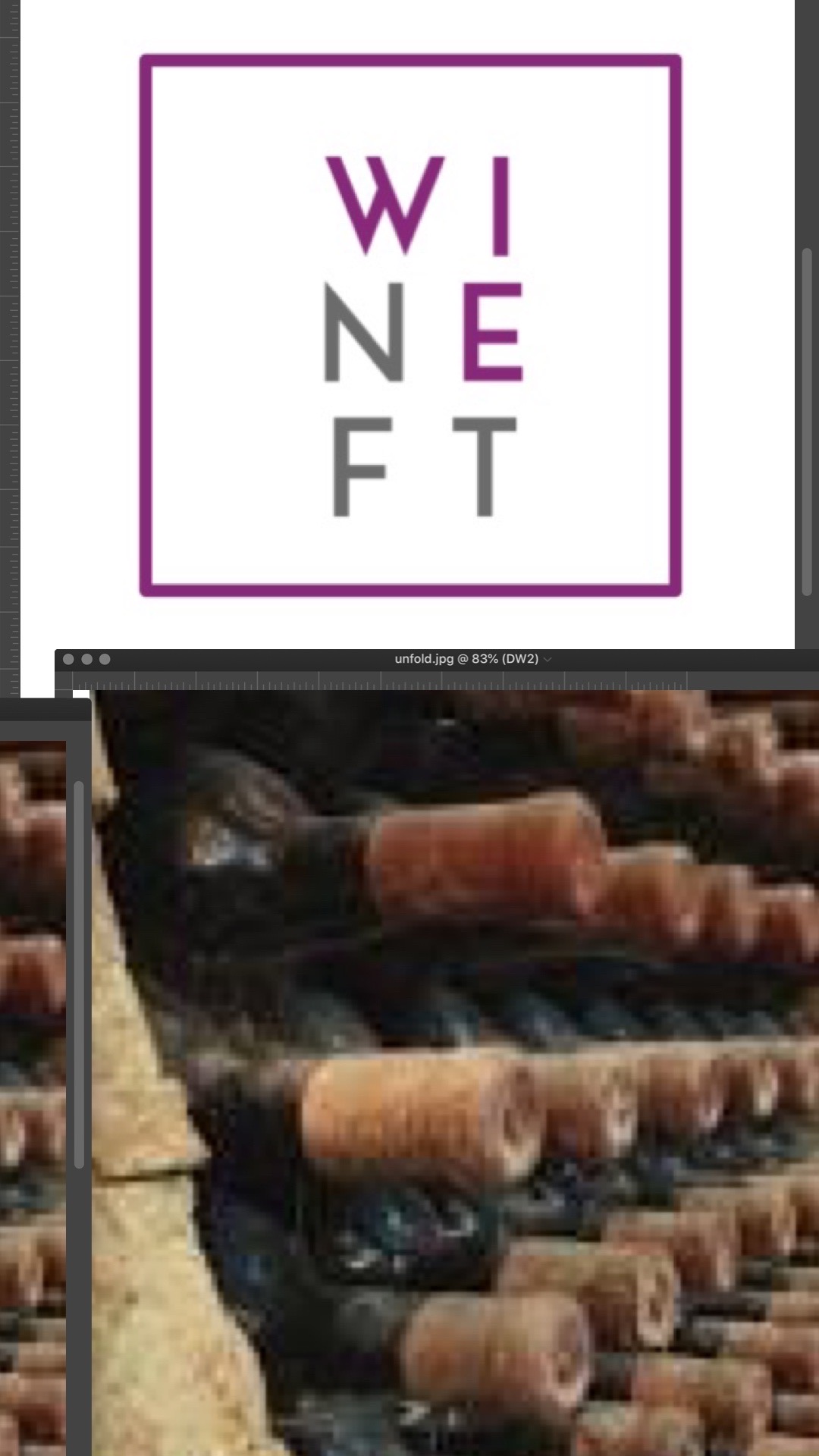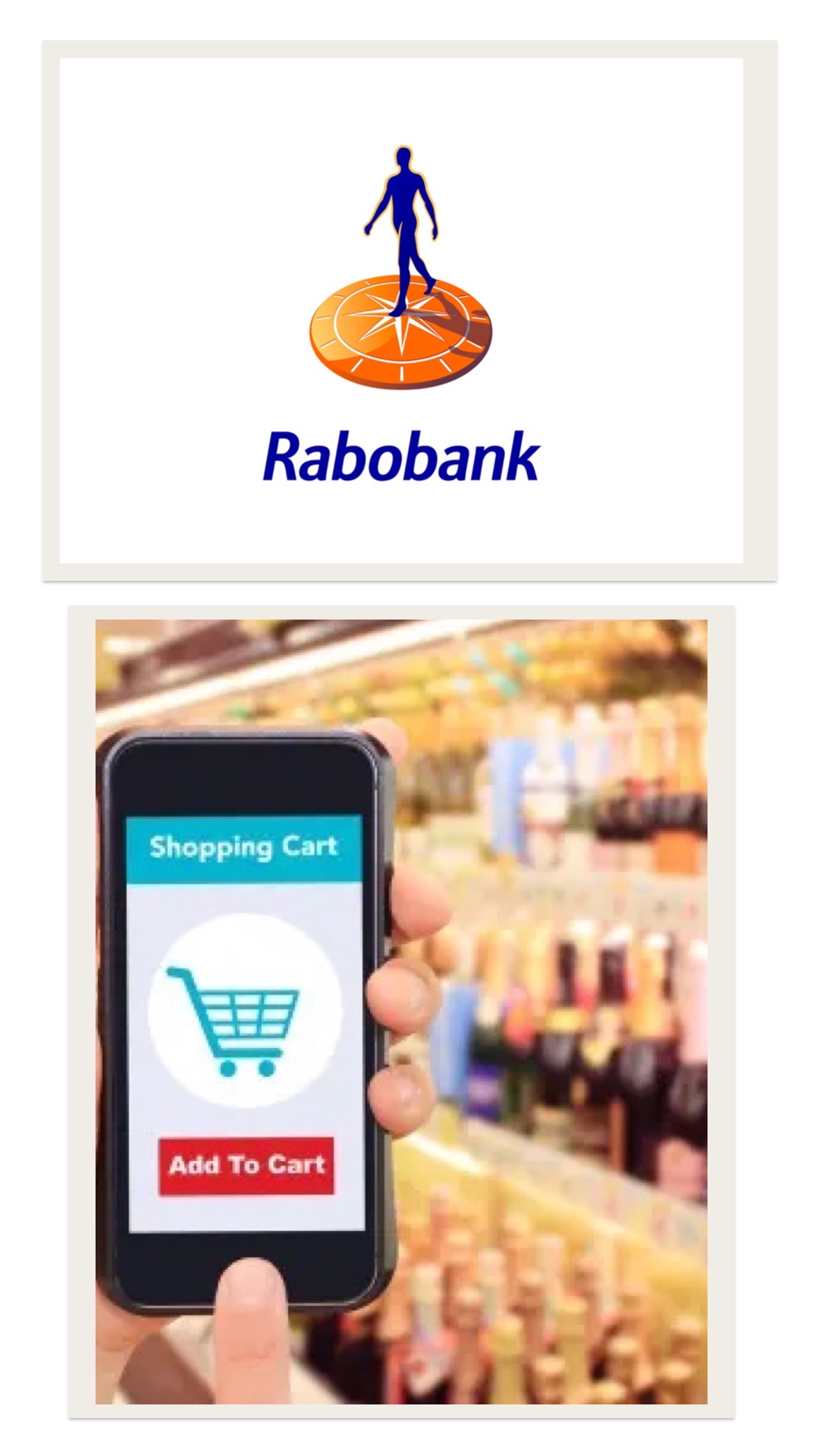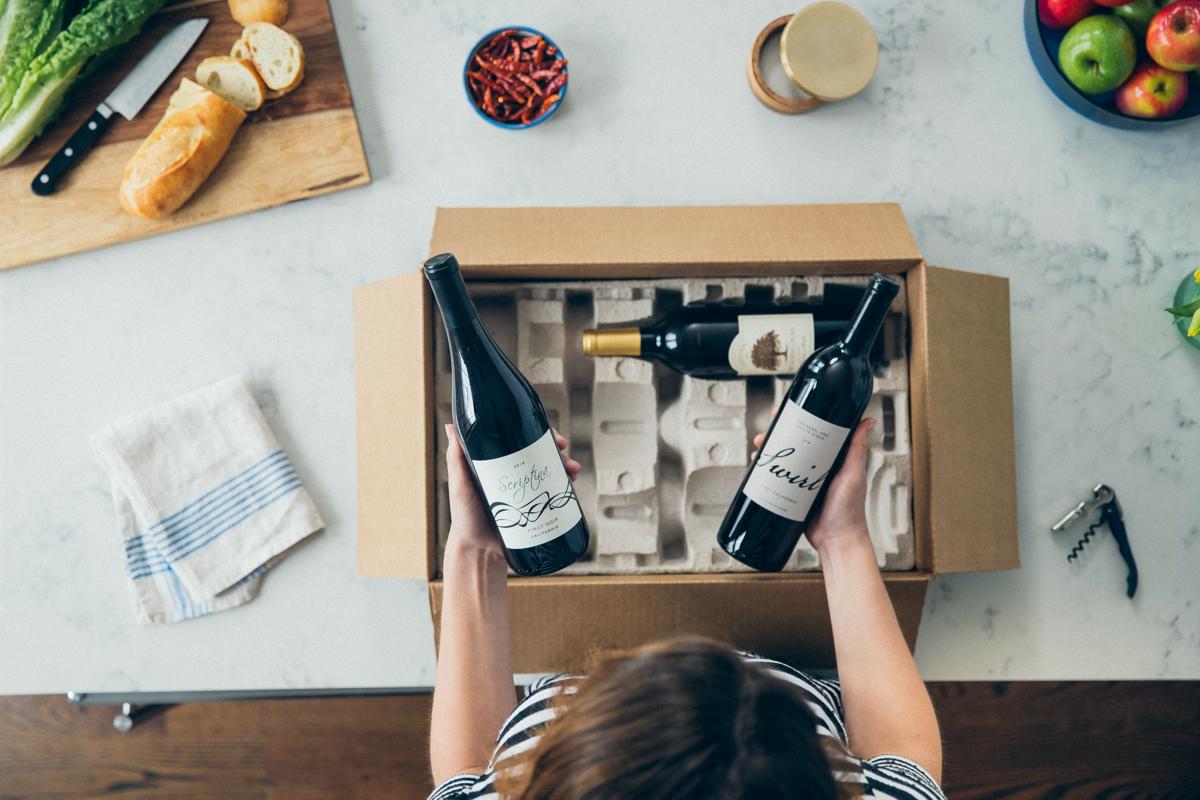On my way to 67 Pall Mall Wine Club for a meeting, I had some time, so I wandered into No.3…Just stepping through the front door it was a feast for my senses …. the ancient floorboards, mahogany wall paneling, antique furniture, Royal Warrants, old wine books and catalogs. Looking closer I saw portraits of former Royal family members who were regular customers, and a framed letter from the White Star Line informing Berry Brothers of the loss of 69 cases of wine and spirits in the sinking of the Titanic in 1912. What history! In short, the Berry Bros. & Rudd head office is a historian’s dream.
No. 3 St. James’s Street, London
No. 3 St. James’s Street is now used as the company’s headquarters. No.3, as it’s known, contained Berry Bros. & Rudd’s main retail premises until mid-2017, when these moved around the corner to a purpose-built shop at 63 Pall Mall.
Berry Bros. & Rudd, founded in 1698, and is Britain’s oldest, family-owned wine and spirits merchant. Still trading from No.3 St James’s Street, London, they have two Royal Warrants and five Masters of Wine on staff. Their services also include Other services it offers include wine investment, wine storage, a wine club, tutored tastings, wine events and educational courses.
Royal Warrants
Berry Bros. & Rudd has been the official wine supplier to the British Royal Family since King George III and received its first Royal Warrant of Appointment in 1903 from King Edward VII. Queen Elizabeth II granted the company her royal warrant in 1952, while Prince Charles, now King Charles lll, granted his in 1998.
Despite being 324 years old in 2022, Berry Bros. & Rudd remains at the forefront of wine and spirits innovation. Their current range of over than 4,000 wines is sourced from over 25 countries.
Berry Bros. & Rudd seems to embrace progress, and at the same time value their traditions. Still run by members of the Berry and Rudd families and they also continue to supply the British Royal Family, since King George III.
Women of Berry Bros. & Rudd
Berry Bro & Rudd has been run by the same two families for centuries; It has survived world wars and pandemics, but there is a fleet of female leaders who have shown, and now show that this historic business can and emerge stronger than ever.
The family firm began life as a grocery store in 1698, founded by a woman now known as “Widow Bourne.”
Elizabeth Rudd “Lizzy” is the current Chairman, who is currently planting the seed for the next generation with her ambitious sustainability plans and creating affordable wine investments.
Emma Fox, Chief Executive Officer, was appointed July 2020. She has been an independent director of the firm’s board since October 2017.
“Over the past few years as a director, I have got to know BB&R very well, I share its values and am passionate about a culture where people flourish and have fun,” Fox said.
#womeninwine #womeninwinebusiness #womenleaders #berrybrosrudd #london #londonwineshop #royalwarrants #winelovers #wine #wineeducation #wineinvestment #royalfamily #queenelizabeth #wineclub #BB&R #winehistory #winemerchants #londonhistory





